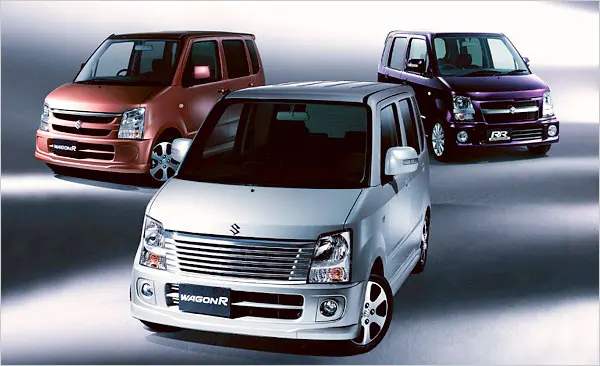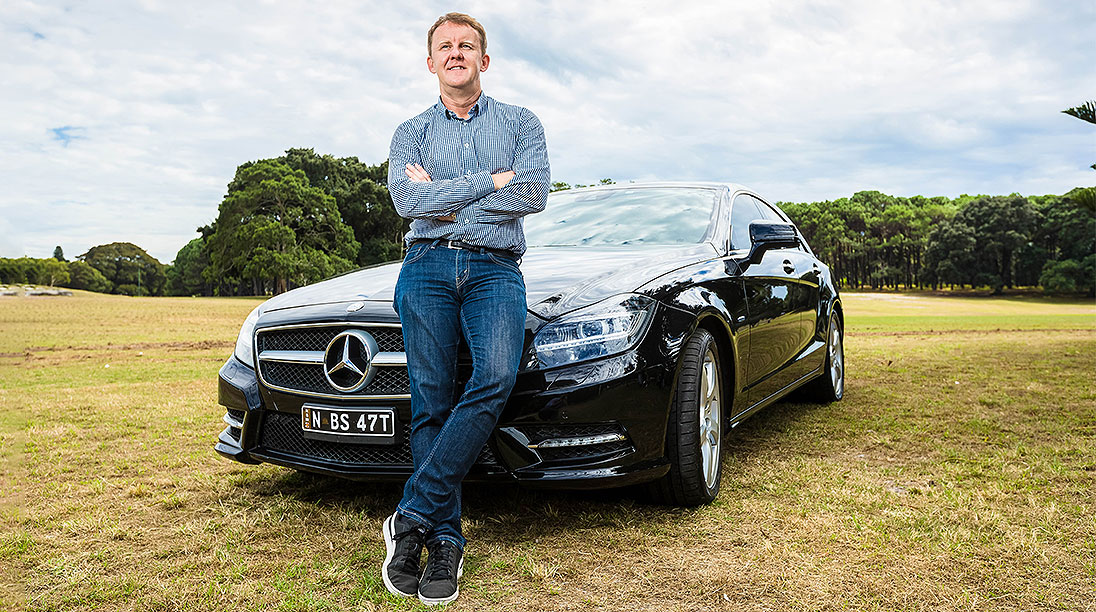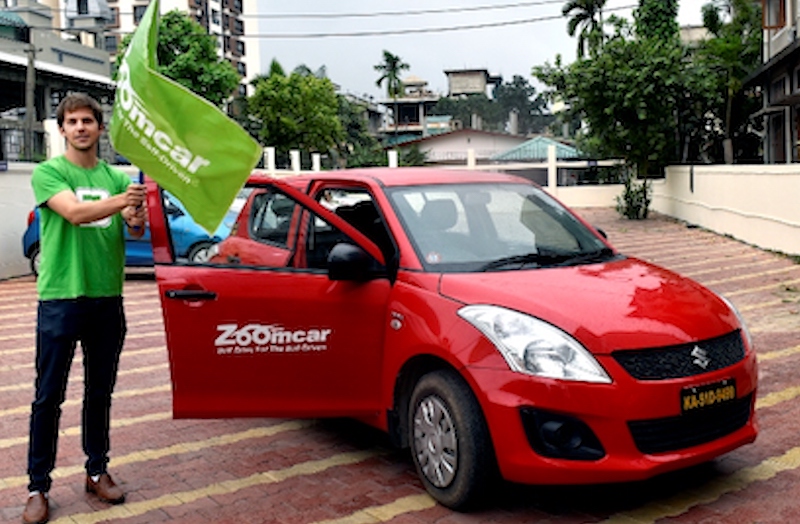As cities grow denser and streets more crowded, the need for compact, fuel-efficient cars has never been greater. Enter the Microcar / Kei Car—two types of small vehicles designed specifically for city life. With their minimalistic size, low fuel consumption, and affordable price tags, they’re becoming a practical and smart choice for millions of drivers worldwide.
This blog will take you through everything you need to know about microcars and Kei Cars: what they are, how they’re different, their advantages, top models to consider, and what to keep in mind before buying one. If you’re a city dweller or someone looking for budget-friendly mobility, this guide is tailored just for you.
What Is a Microcar?
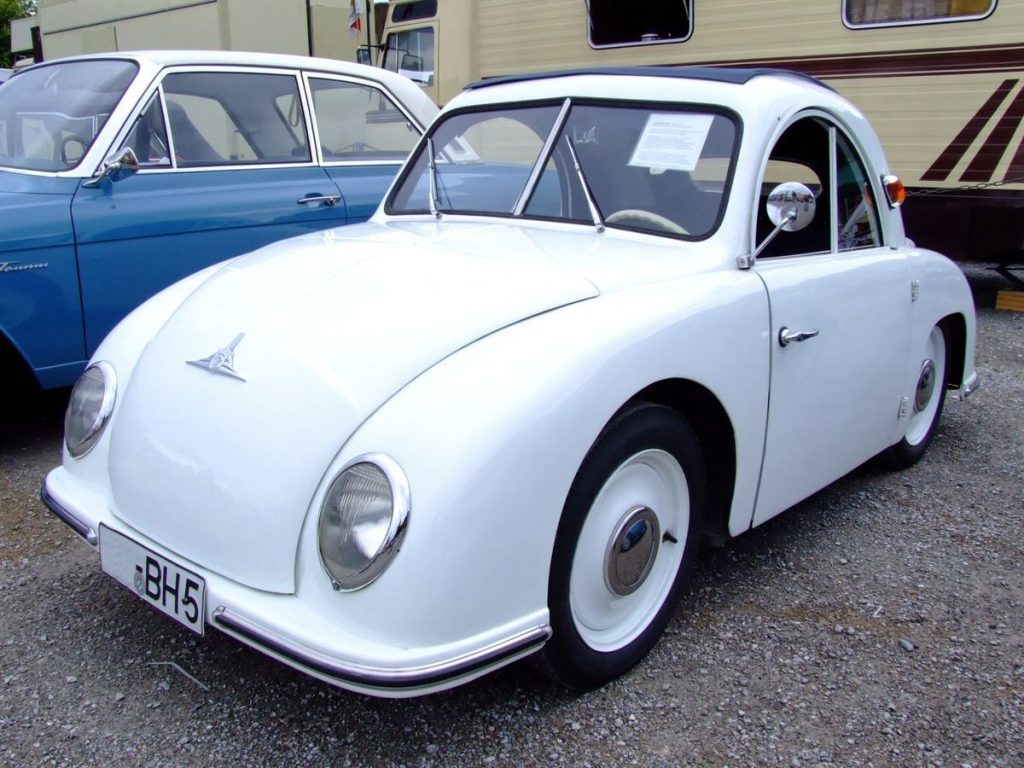
A microcar is a small, lightweight automobile built for short-distance driving and city commuting. These vehicles usually have a small engine—often under 700cc—and can carry one or two passengers. Microcars are typically smaller than subcompact cars and often feature unique shapes to help with tight parking and navigating narrow roads. They’re most commonly found in Europe and urban centers around the world where compactness and efficiency are priorities.
Microcars may run on petrol, diesel, or electricity. Some of the most popular models include the Smart Fortwo, Citroën Ami, and Renault Twizy. Despite their small size, many microcars include modern comforts like air conditioning, navigation systems, and Bluetooth connectivity.
What makes microcars special is how well they match modern urban challenges. Rising fuel prices, crowded streets, expensive parking, and environmental concerns have made these small cars an ideal solution. They are especially appealing to young drivers, students, and eco-conscious individuals looking to reduce their carbon footprint without sacrificing mobility.
What Is a Kei Car?
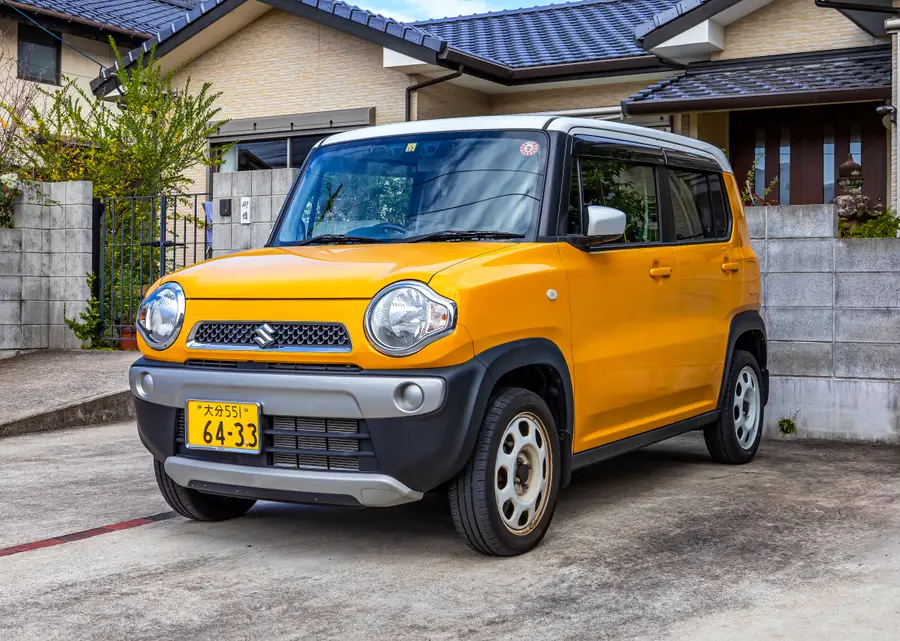
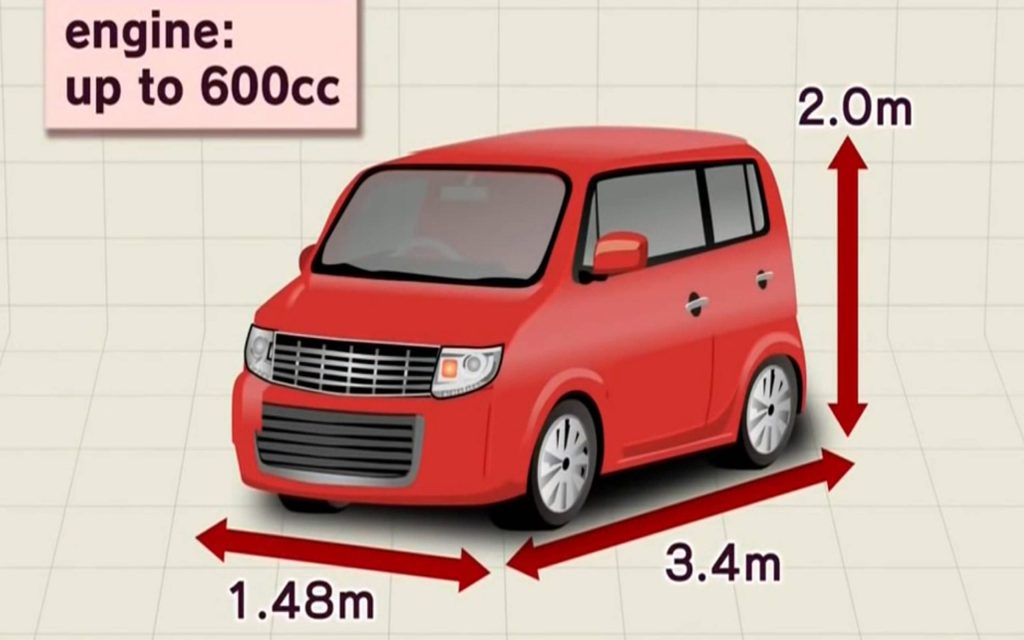
A Kei Car (short for Keijidōsha, meaning “light automobile” in Japanese) is a unique category of small cars developed in Japan. Unlike microcars, Kei Cars are governed by strict Japanese regulations. These cars must meet specific limits in size, engine capacity (660cc max), and horsepower (up to 63 hp). The goal was to create affordable, practical vehicles for the average Japanese citizen, particularly after World War II when the economy was rebuilding.
Despite their size limitations, Kei Cars are known for their surprisingly spacious interiors. Thanks to clever design, many Kei Cars can seat four passengers comfortably. They are also equipped with features such as touchscreen infotainment, automatic climate control, hybrid engines, and advanced safety systems.
Some of the most famous Kei Car models include the Honda N-Box, Suzuki Alto, Daihatsu Tanto, and Mitsubishi eK X. In Japan, owning a Kei Car comes with many benefits like lower road taxes, reduced insurance premiums, and fewer parking restrictions in some areas. These incentives, combined with their practical features, make Kei Cars extremely popular — accounting for over one-third of all vehicles sold in Japan.
Microcar vs Kei Car: What’s the Difference?
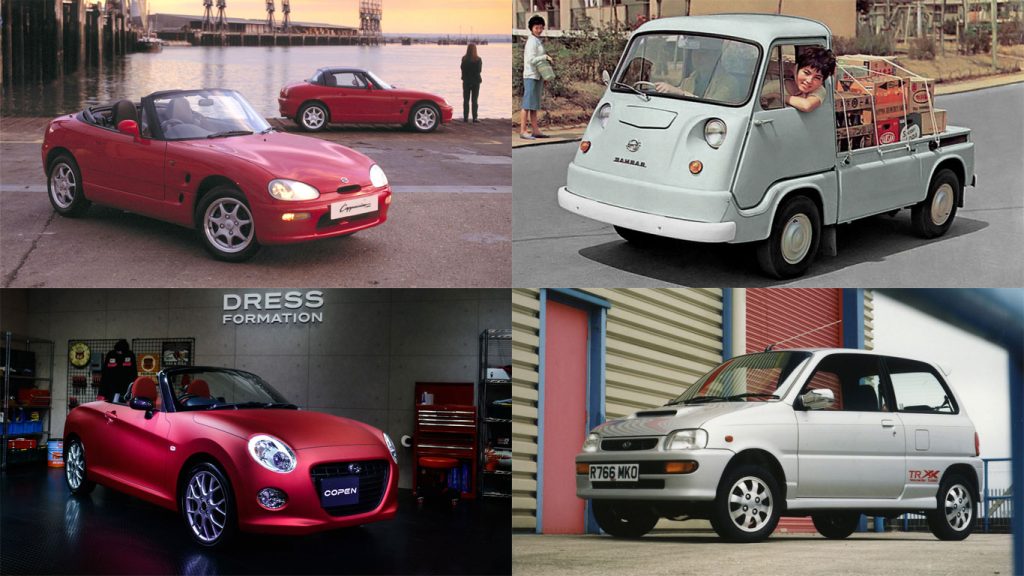
Although both microcars and Kei Cars are small and designed for city use, there are key differences between the two. Microcars are a general vehicle category found globally, while Kei Cars are specific to Japan and must meet government-regulated specifications.
Microcars are loosely defined, so their engine size, power, and dimensions can vary from brand to brand. Kei Cars, on the other hand, must adhere to strict standards:
- Engine size: Max 660cc
- Horsepower: Max 63 hp
- Length: Max 3.4 meters
- Width: Max 1.48 meters
- Height: Max 2.0 meters
Another big difference lies in legal benefits. Kei Cars in Japan come with government tax cuts and insurance savings. Microcars may get similar benefits in European cities promoting electric or low-emission vehicles, but these vary by country.
In short:
- If you want a small car without strict regulations, a microcar may be better.
- If you live in or are importing from Japan, a Kei Car offers more built-in cost savings and reliable performance for everyday urban driving.
Why Should You Buy a Microcar / Kei Car?
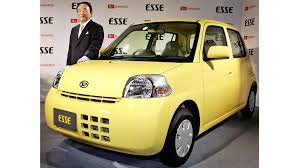
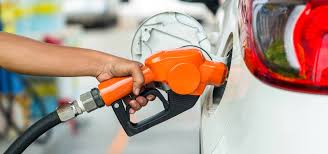
Buying a Microcar / Kei Car isn’t just a choice—it’s a lifestyle upgrade for anyone looking to simplify their commute and reduce costs. Here are several compelling reasons why these cars make sense:
Fuel Efficiency:
Thanks to their light weight and small engines, most microcars and Kei Cars offer excellent mileage, often exceeding 25–30 km/l or over 80 MPG. Electric models like the Citroën Ami or Mitsubishi i-MiEV go even further, making them a great choice for eco-conscious drivers.
Easy Parking:
These cars are so small that they can fit into spaces that regular sedans or SUVs can’t. In cities where parking is a nightmare, owning one can save you time and money.
Lower Costs:
Whether it’s taxes, insurance, or maintenance, small cars cost less. Kei Cars especially benefit from government rebates in Japan. Even outside Japan, microcars usually come with lower upfront costs and fewer repairs due to their simple mechanics.
Environmentally Friendly:
Smaller cars use less fuel and produce fewer emissions. Many are now electric or hybrid, helping reduce urban pollution and supporting global sustainability efforts.
Ideal for City Driving:
They are fast enough for city roads, easy to handle in traffic, and often come with modern driver assistance features. You’ll be amazed at how convenient life becomes when you can turn tight corners and zip through crowded streets effortlessly.
Top Microcar / Kei Car Models to Consider
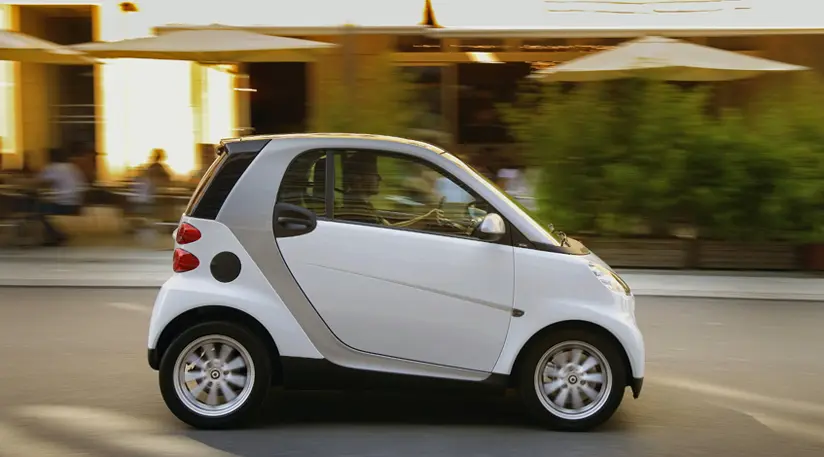
Looking to buy your own compact car? Here are some top-performing microcars and Kei Cars to look into:
Honda N-Box (Kei Car)
Japan’s best-selling Kei Car. It offers incredible cabin space, sliding rear doors, and advanced safety systems—all in a tiny frame.
Suzuki Alto (Kei Car)
Reliable, budget-friendly, and simple. It’s one of the longest-running Kei Car models and is available in several countries.
Smart Fortwo (Microcar)
This two-seater is perfect for solo commuters. The electric version (Smart EQ Fortwo) is especially popular in Europe for urban mobility.
Citroën Ami (Microcar)
Electric, boxy, and stylish. The Ami is marketed as an affordable city vehicle in Europe with ultra-low running costs.
Mitsubishi eK X EV (Kei Car)
A fully electric Kei Car with modern styling, solid range, and plenty of safety features. Great for tech-savvy city drivers.
These models vary in price and availability depending on your country, but they all represent the best in compact car engineering.
Things to Consider Before Buying
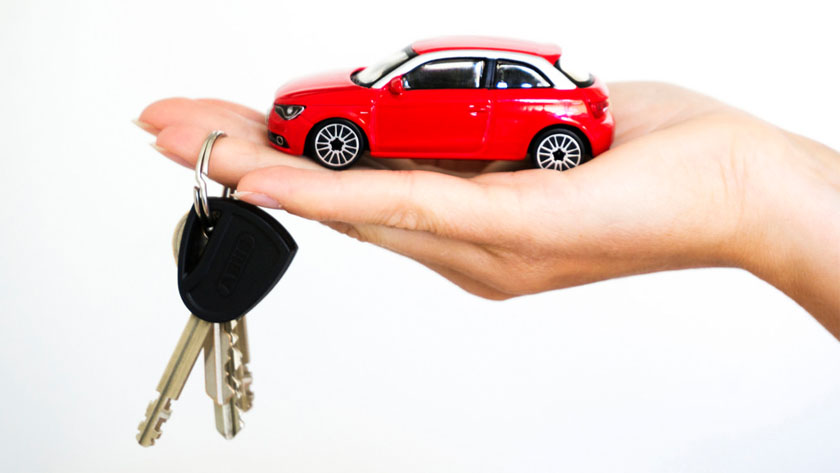

While Microcars and Kei Cars are excellent choices for many, they may not suit everyone. Here’s what to think about before making the leap:
- Do you mostly drive in the city? These cars are best suited for urban environments. If your commute includes highways, you’ll need a more powerful engine.
- Are you okay with limited speed and seating? Most microcars and Kei Cars are built for 2–4 people and not designed for high-speed travel or long-distance comfort.
- Do you have access to spare parts or servicing? Kei Cars are mostly found in Japan, so check whether local mechanics or dealerships can support them.
- Do you need cargo space? These cars are great for people, not packages. If you often haul luggage or goods, consider your trunk needs carefully.
Conclusion: The Smart Choice for the Modern Driver
The Microcar / Kei Car is more than just a small vehicle—it’s a smart, practical solution to the modern problems of traffic, pollution, and rising fuel costs. With their tiny footprints, big personalities, and unbeatable efficiency, they’re redefining what it means to drive in the city.
Whether you’re a student, commuter, retiree, or just someone who wants a second car for errands, a microcar or Kei Car can deliver unmatched convenience without draining your wallet or harming the environment.
As urban centers continue to grow and sustainability becomes a global priority, the popularity of these cars will only increase. Investing in one today is not just a smart move—it’s a future-ready decision.

